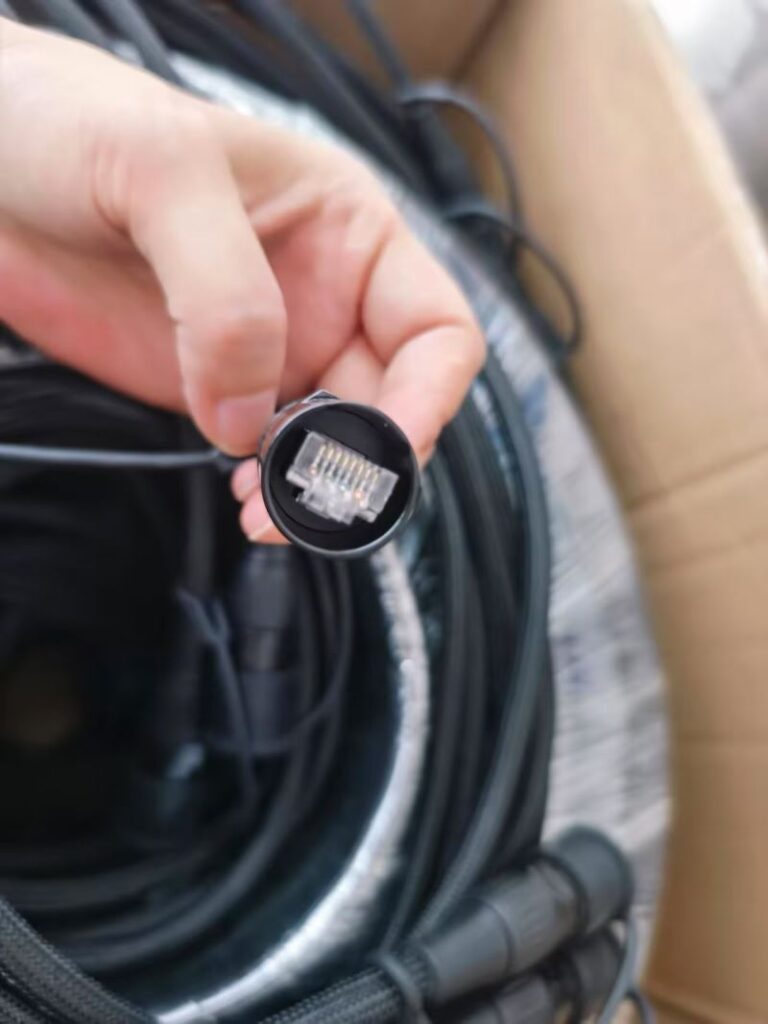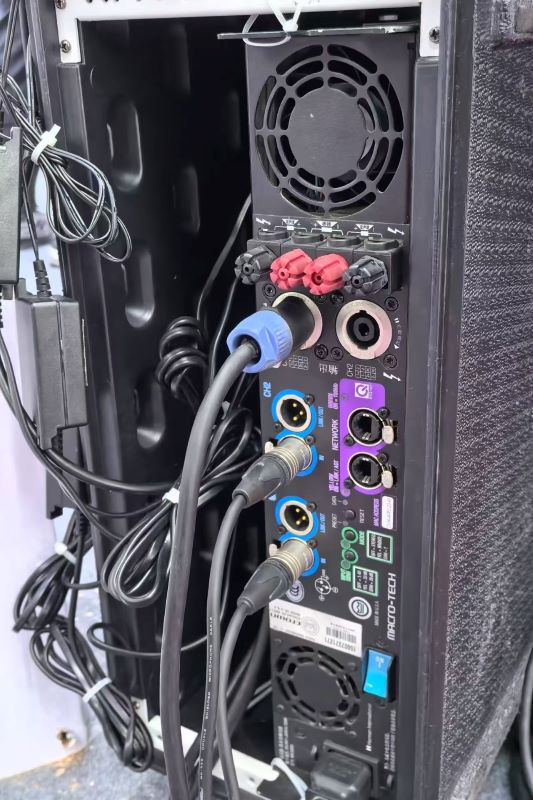LED display choose to connect directly through the network cable rather than other methods of reasons mainly related to the stability and reliability of signal transmission, bandwidth requirements, remote control and management of the convenience of many aspects. The following detailed analysis of these factors:
1. Stability and reliability of signal transmission
-Stability and reliability of signal transmission
No interference from wireless signals: Compared with wireless connection, wired network (e.g. Ethernet) provides a more stable signal transmission path, which is not affected by external electromagnetic waves, ensuring the accuracy and integrity of data transmission.
-Reduced latency: Wired connections provide low-latency data transmission, which is especially important for real-time display of content (e.g. live video, live score updates, etc.) to ensure that viewers receive the most up-to-date information in a timely manner.
2. High bandwidth requirements
– LED displays, especially high-resolution, large-size displays, transmit a huge amount of data per second, requiring high-speed bandwidth to support the smooth playback of high-definition video, animation and other complex graphics. Wired connections (e.g. Gigabit Ethernet) can easily meet such high bandwidth requirements.
3. Remote control and centralized management
– Convenient Configuration and Updates: With direct connection through the network cable, the LED display can be easily incorporated into the LAN, making it easy for the IT team to remotely configure it, update the software and troubleshoot, reducing maintenance costs and time consumption.
– Centralized monitoring and scheduling: In large venues, shopping malls or transportation hubs, etc., there are often multiple LED displays, and centralized monitoring and content scheduling of all screens can be achieved through wired network connection to improve operational efficiency.
4. Security and confidentiality
– Reduce network security risks: Compared with wireless networks, wired connections are more secure and less susceptible to the risk of hacking or data theft, especially for occasions where sensitive information needs to be displayed, such as bulletin screens of government agencies and financial institutions.
5. Cost Effectiveness
– Initial installation costs: Although laying network cables and corresponding network equipment (such as switches) requires some initial investment, for LED displays in fixed locations, this one-time expenditure is not expensive when spread over the life of the equipment, and in the long run, the stability and efficient performance of wired networks saves on subsequent maintenance and upgrade costs.
Conclusion
In summary, the LED display choose network cable direct connection is mainly to protect the stability of signal transmission, meet the high bandwidth demand, realize remote management and centralized scheduling, while taking into account the security and economic benefits. Of course, with the progress of technology, such as fiber optic, wireless mesh network and other advanced transmission means are also used in some scenarios, but in terms of the current mainstream technology and general demand, the network cable is still one of the most preferred options.
Today, I want to shine a light on an often-overlooked but critical component: CAT6 Shielded Ethernet cable for LED display control.
So, why CAT6 Shielded?
- Signal Integrity in Noisy Environments: LED displays, especially large ones, can be electrically “noisy.” Power supplies, LED drivers, and other components can introduce electromagnetic interference (EMI). Unshielded cables are susceptible to this, leading to signal degradation, flickering, or even communication dropouts. CAT6 Shielded cables, with their protective foil or braid, significantly reduce the impact of EMI, ensuring clean and stable data transmission.
- Reliable Data Transfer for Critical Control: Whether it’s DMX, Art-Net, or proprietary control protocols, accurate and consistent data flow is vital. Any interruption can lead to display anomalies, disrupting the visual experience and potentially costing time and resources to troubleshoot. CAT6 Shielded provides that robust backbone.
- Future-Proofing Your Installations: While unshielded CAT5e or even CAT6 might “work” initially, as display resolutions and data rates continue to climb, the limitations become apparent. Investing in CAT6 Shielded now ensures your infrastructure can handle future upgrades and higher bandwidth demands without a complete re-cabling effort.
- Reduced Crosstalk: In installations with multiple cable runs, crosstalk can be a significant issue. The shielding in CAT6 not only protects from external interference but also minimizes interference between adjacent pairs within the cable and from other cables in the bundle.
- Enhanced Durability for Demanding Setups: Often deployed in dynamic environments, LED display cabling needs to be resilient. The added shielding can contribute to the overall physical robustness of the cable, making it more resistant to wear and tear.
I’ve seen firsthand the difference proper cabling makes in achieving flawless LED display performance. Cutting corners on this critical component can lead to endless headaches down the line. For any serious LED display professional, integrator, or rental company, specifying CAT6 Shielded is a non-negotiable best practice.
What are your experiences with cabling for LED display control? Share your insights in the comments below! #LEDDisplay #LEDControl #CAT6Shielded #ProAV #SignalIntegrity #Audiovisual #Technology #DigitalSignage #InstallationTips #AVTweeps

